XFX 680i LT and 650i Ultra Motherboard Reviews
680i LT Bundle And BIOS
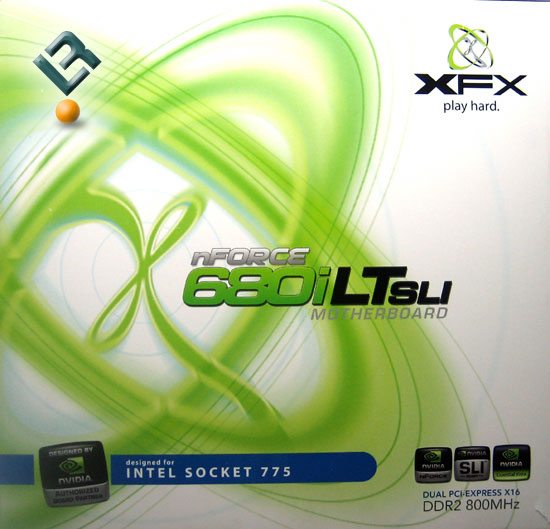
XFX did a nice job on packaging the 680i LT board. It is attractive and catchy all in one. The Outside box garnishes the colors of XFX. (Note: the Legit Reviews logo is NOT on the box � )
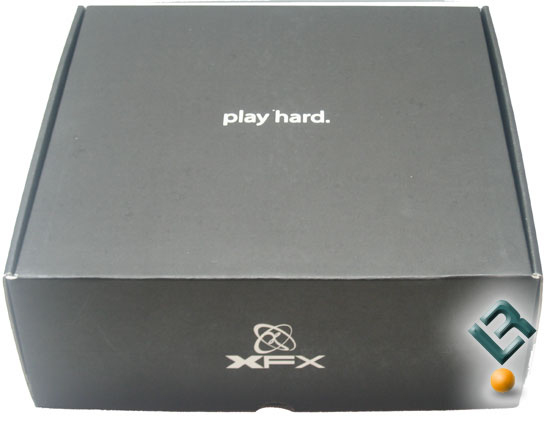
Inside the outer box, we find another, even more rugged box that gives us a desire to game! Play hard says it all!
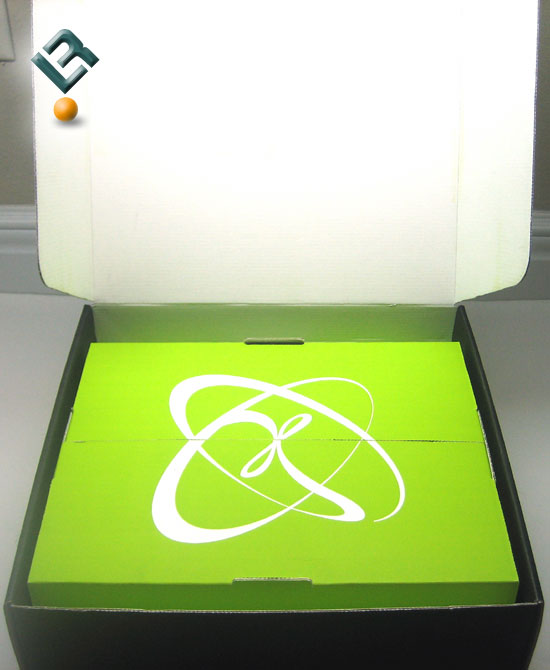
When you open the inner box, you are greeted with another green box that houses the motherboard, as you can see in the next pic…
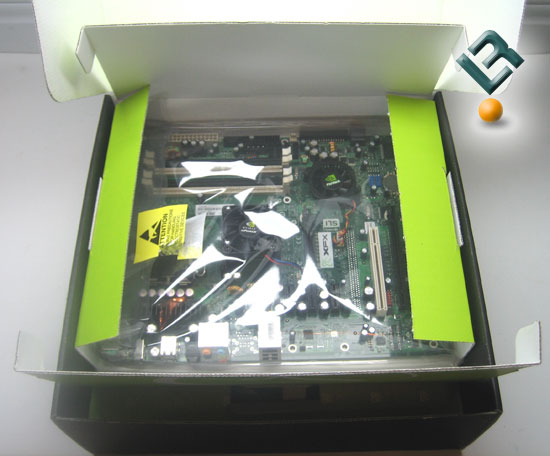
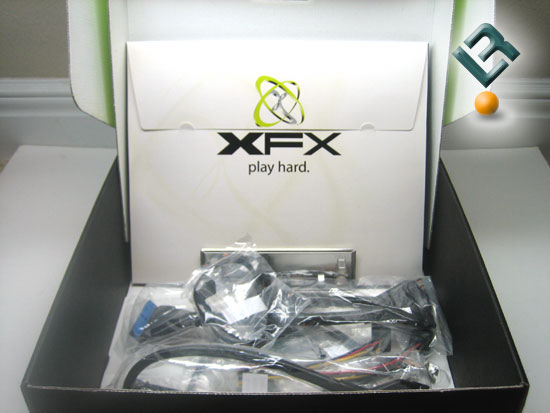
The bundle is in the bottom of the box in a plastic bag, which helps to keep everything in one place. You have two SATA cables and one SATA power adaptor, as well as an IDE and floppy cable. XFX has included a firewire and a USB header. You also have your backplate, some stickers, an SLi bridge and your folder with all the documentation and a CD with apps and drivers. This is all one needs to get up and going!
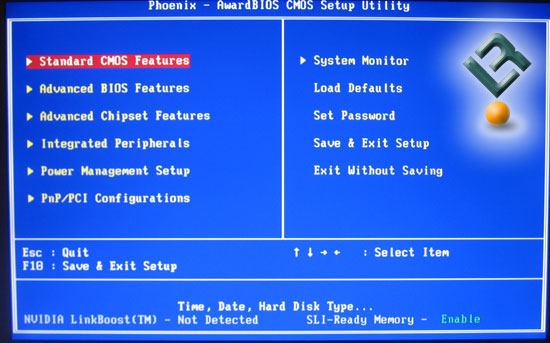
As you can see, XFX uses the AWARD bios, which has been a standard on the Nvidia 680i and 650i boards that we have looked at.
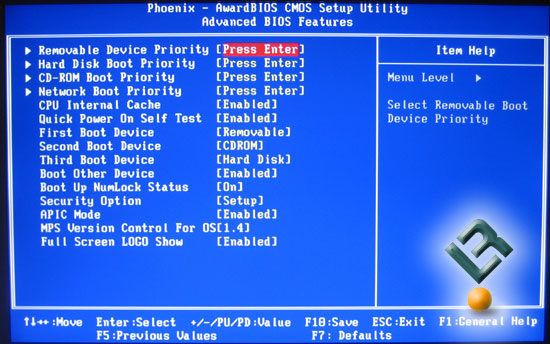
The Advanced page will have basic settings for your board, like boot priority and whether or not you want the Full-Screen logo on bootup.
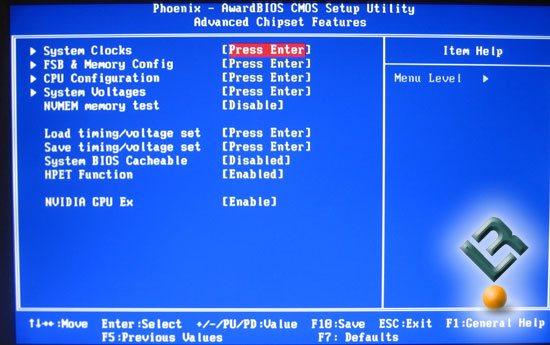
The Advanced Chipset page is where we will find most, if not all of the areas that we need to tweak and overclock this board.
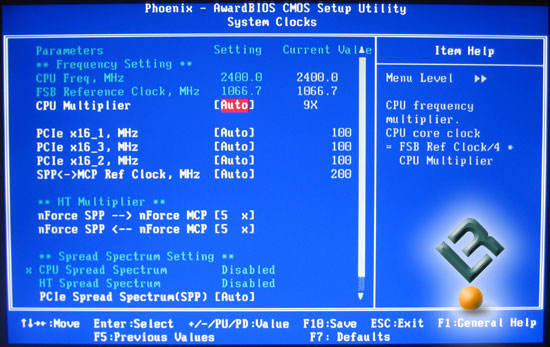
The System Clocks page is where we find our CPU multiplier, as well as settings for our PCIe cards, HT multipliers and Spread Spectrum settings.
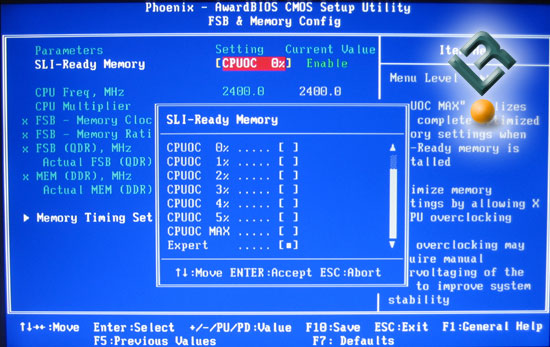
Memory can be run in SLI settings.
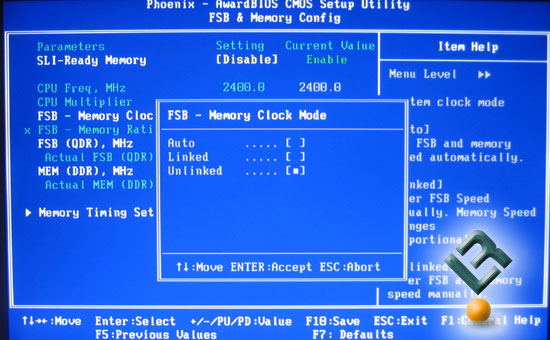
Memory can also be run in linked or unlinked modes. I love this feature on Nvidia chipset boards.
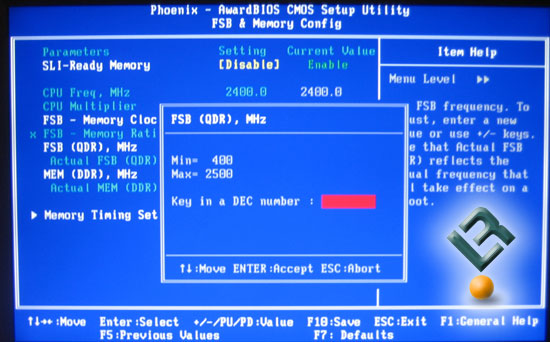
FSB settings go all the way to 2500 (625).
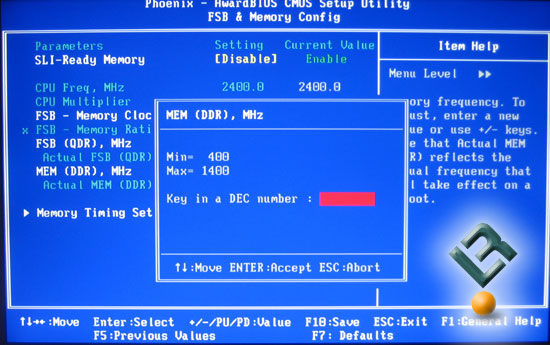
Mem speeds can go up to 1400ddr.
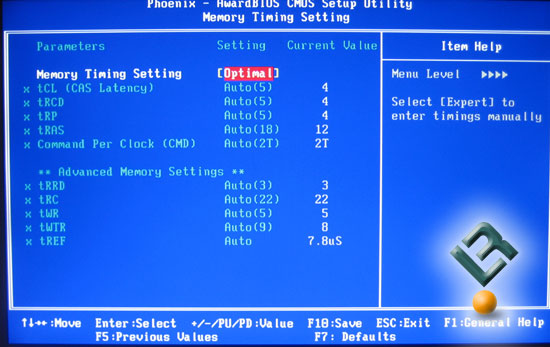
XFX has the typical memory timing adjustments that we have seen on the other 600 series boards.
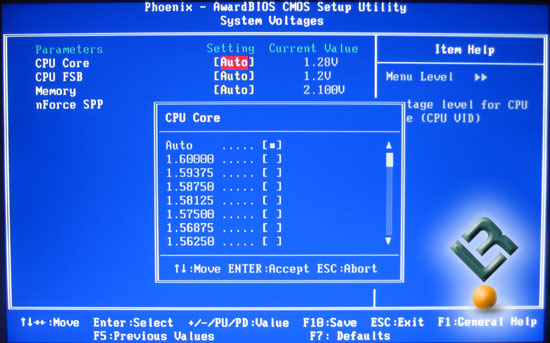
Voltage settings are decent on the Nvidia series boards. XFX has not strayed from the reference settings. Vcore goes up to 1.6v. Seems fine, but we did find this board to undervolt (According to bios readings) by a full .5v. That is not too good since the options are limited to 1.6v, meaning 1.55v if the bios is correct. But this should be enough for all but the extreme enthusiast.
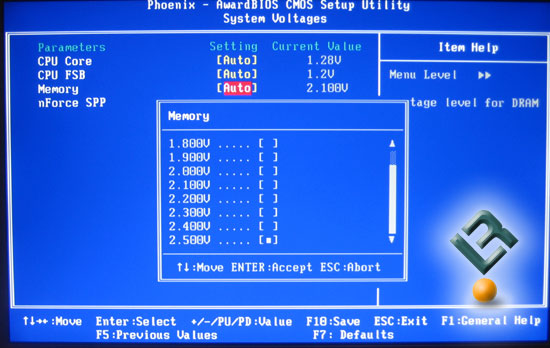
Vdimm goes to 2.5v, which is great to see.
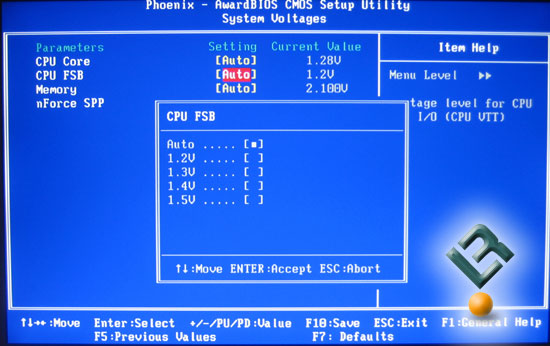
FSB voltage available up to 1.5v.
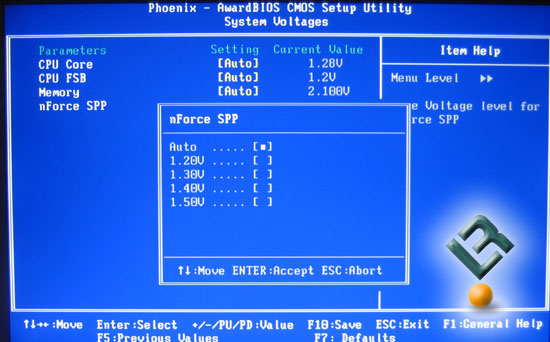
Chipset voltage allows up to 1.5v as well. The voltae options are decent on these boards, but nothing to extreme.
Let’s move on.

Comments are closed.